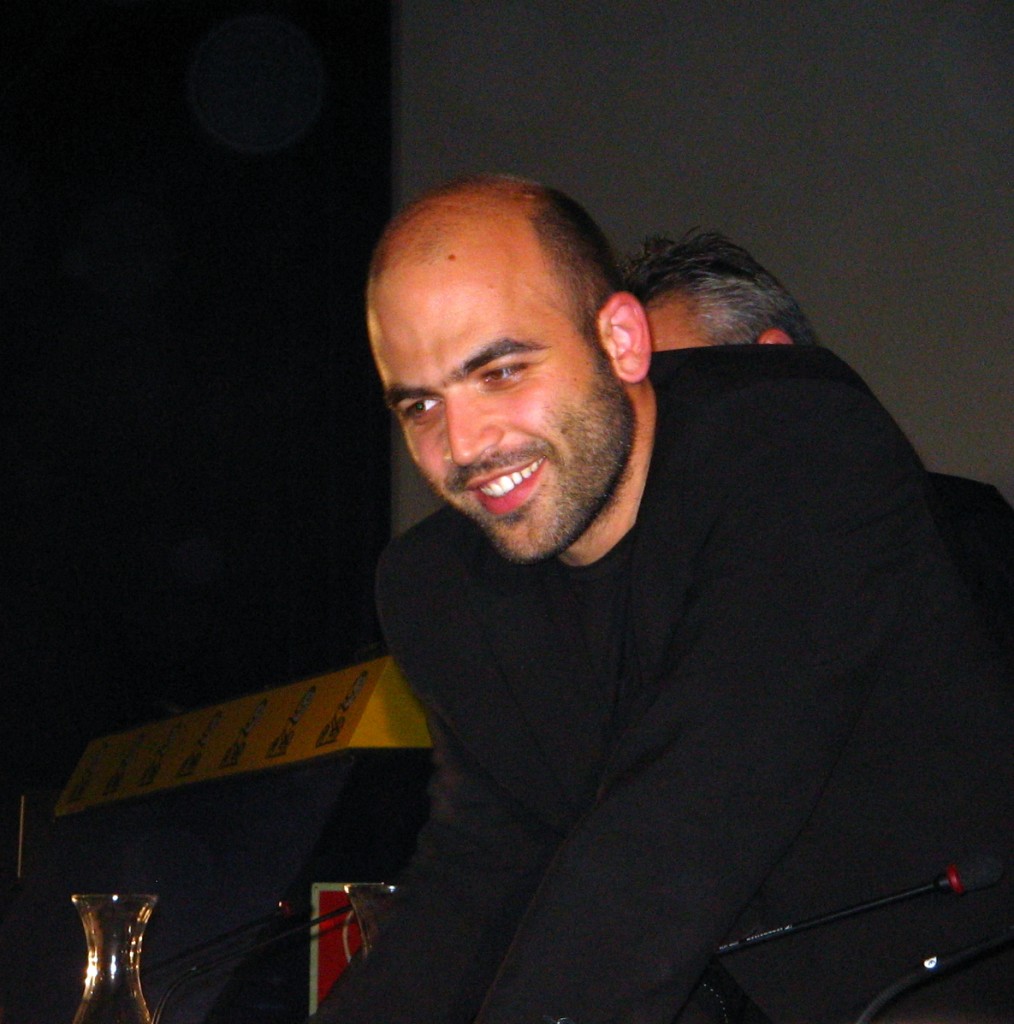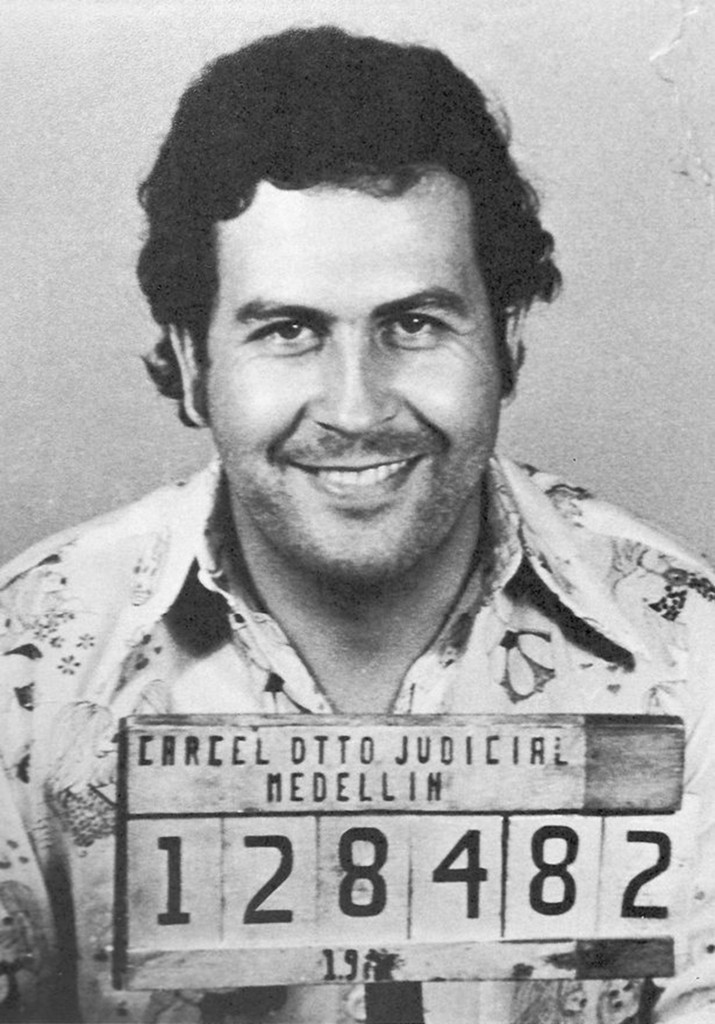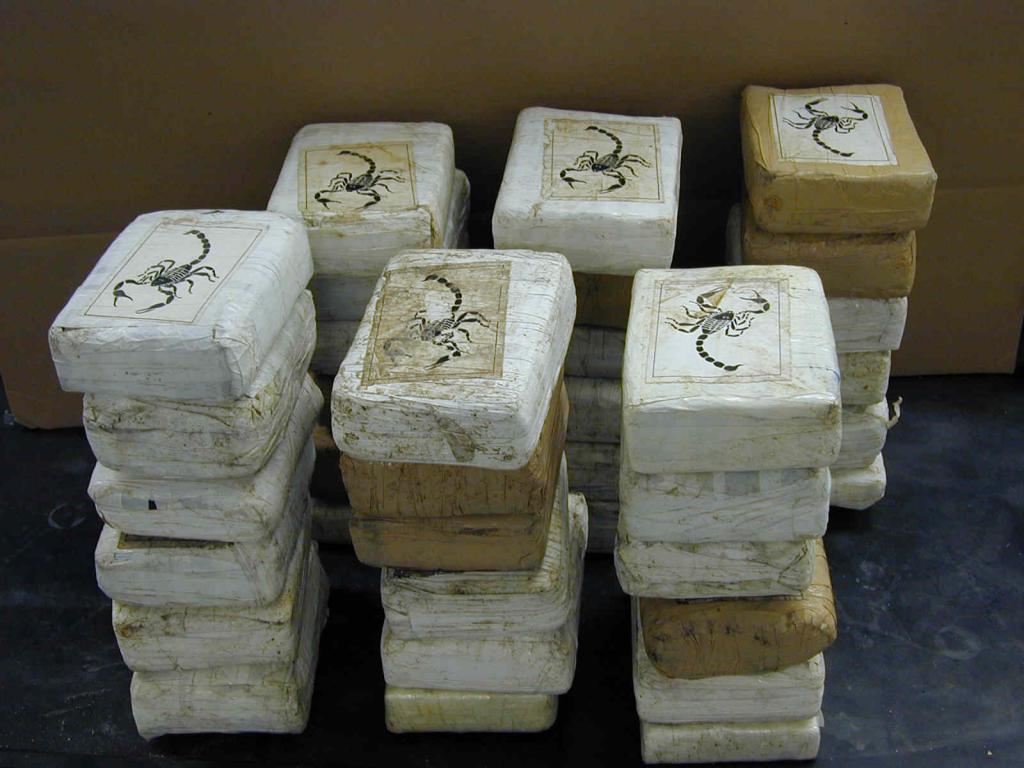Zero Zero Zero – Roberto Saviano (London: Penguin Books, 2016)
Roberto Saviano, an Italian investigative journalist, is most famous for his pioneering work Gomorrah, about the Italian organised crime group the Camorra. He now lives in hiding, a police guard always by his side, testament to the danger of speaking out about organised crime.
His latest book, Zero Zero Zero, is a frenetic, at times torrid, look at the global cocaine business. And while the book fails to deliver its central thesis convincingly, it also serves as a hard-hitting reminder of the true costs of prohibition.
Saviano’s central argument is that, where cocaine used to revolve around money, now money revolves around cocaine. As he puts it, “Cocaine is the universal answer to the need for liquidity.” The volumes of money involved are indeed astronomical (as are many of Saviano’s metaphors: Pasquale Claudio Locatelli is dubbed the ‘Galileo of Cocaine’ for his supposed role in the reordering of the cocaine-cash nexus; there’s a ‘Copernicus of Cocaine’ too) and the millions of dollars and tonnes of cocaine thrown about end up dizzying the reader.
The book is thoroughly researched and Saviano’s reputation, built on Gomorrah and bolstered, rightly, by the constant danger he lives with, is impeccable. But the style in which he writes, a form of creative non-fiction, does tend to hyperbole, overblown metaphors, and an acceptance that myths are sometimes necessary as part of the creation of an otherwise truthful account: as Saviano writes of a supposed meeting between Mexican drug lords, “It might just be a legend, but I’ve always believed that only a legend of this sort has the necessary symbolic force to give birth to an actual foundation myth.” This, coupled with the numbers, the complex matrix of names, and the insistent style of prose, can leave a reader struggling.
Where the book is unequivocal, though, is that the current approach to dealing with cocaine as a criminal issue does not work. Saviano does not himself advocate a different approach to prohibition, but the litany of violence, some of it so extreme that it seems barely credible outside the most outré kind of horror film and yet is wholly real, shows that the status quo is a bloody failure. He is also clear that the ever more sophisticated methods employed by law enforcement bodies simply make the cartels slicker and more brutal.
Take Mexico, where much of Saviano’s attention is directed. As he says, “The repression carried out in recent years by Mexican law enforcement and American intelligence against groups that, until a short time ago, were major cartels has often led, not to the annihilation of these organizations, but to the metastatic proliferation of microcartels.” These groups, such as the Guerreos Unidos, Los Rojos, or Los Viagras, are just as rooted in various forms of criminality, but have accelerated the descent into orgiastic violence, in part by necessity as they struggle to carve out a piece of Mexico’s splintering drug trade. Illegal groups can only maintain a place at the table, a slice of the pie, through intimidation, fear, and violence; the greater the competition for slices and the more precarious the surrounding situation, the quicker such groups are to pick up the gun, or the machete, or the electrodes. As Saviano succinctly puts it, “Evolutionary transformation is fuelled by vacuums.” The evolutionary transformation here is towards ever more bloody groups; the vacuums are created by the so-called war on drugs.
Drug lords also exploit the stance of prohibition, the position of being on the receiving end of a ‘war’, in order to create an identity that serves a dual purpose. As Saviano writes, “For [cartel bosses] it is fundamental to construct a narrative that presents them in two veins: to law-abiding citizens, they aim to be seen as men with women and money to spare who are compelled to live as criminals because of the world’s iniquity; to their members and competitors, they present themselves as the most powerful and most ferocious boss who inspires terrible stories and must be feared.” Prohibition creates this dichotomy, encourages it, and meanwhile the cartel bosses get rich and their influence spreads.
The corrupting influence of cocaine is also discussed at length…
While money-laundering operations such as that uncovered at Wachovia Bank or HSBC have lost their power to shock, implying a tacit acceptance in the corporate world that dirty money has its place, the staggering levels of corruption in politics and law enforcement detailed by Saviano should cause us to catch our breath. The acquisition of drugs money, by its nature illicit, is maintained by bribery and violence and so the spiral continues. It reaches as far down as how the military and police treat drug lords, as in the case of Arturo Beltrán Leyva, whose body was desecrated after he was killed trying to evade capture. As Saviano says, “The army denied it had touched his body, but there was a strong suspicion that the humiliation techniques so dear to new cartels such as Los Zetas and Beltrán Leyvas themselves were contaminating the very men paid to eliminate them.” This has echoes of Neil Woods’ trenchant recent book on undercover policing in the UK, where constant ‘fighting the war on drugs’ can leave the police desensitised and out of touch with their core mission to protect the vulnerable of society.
The thesis that understanding the cocaine market is central to understanding the markets of the modern world is overstated in this book, but what is clear is that the wealth and violence of the cocaine trade is utterly imbricated with its illegal status. As Ed Dolan, following Friedrich Hayek, says,
Drug cartels are like normal business in some ways, but not in all ways. If cocaine and heroin were legal products like tobacco and alcohol, their producers’ revenue would still respond to changes in price as predicted by elasticity, and increases in revenue would still be devoted, in part, to innovation and capital investment aimed at expanding supply.
But those businesses would not share the extreme badness of the drug cartels. It is not the nature of their products that makes drug gangsters so readily engage in murder, kidnapping, and other forms of mayhem. Rather, the conditions in which skill and enthusiasm in committing acts of violence become a path to promotion and power are created by the very fact that cocaine and heroin are prohibited substances, and those conditions are only intensified the more vigorously the prohibition is pursued.
This is the central, and horribly clear, picture presented by Saviano’s book. For its flaws, Zero Zero Zero is testament to the enduring nightmare of the illegal drugs trade. The entrenched nature of the cocaine trade in global capitalism is obvious, if not quite as centrally as Saviano would have us think, as is the horrific violence done to protect illegal monopolies across the world. The message is clear: whatever we are doing, it isn’t working, and the problem is only getting worse.
Alex Stewart is a former serving police officer with the Metropolitan Police Service with extensive experience of the war on drugs. He is now a journalist and television presenter.



